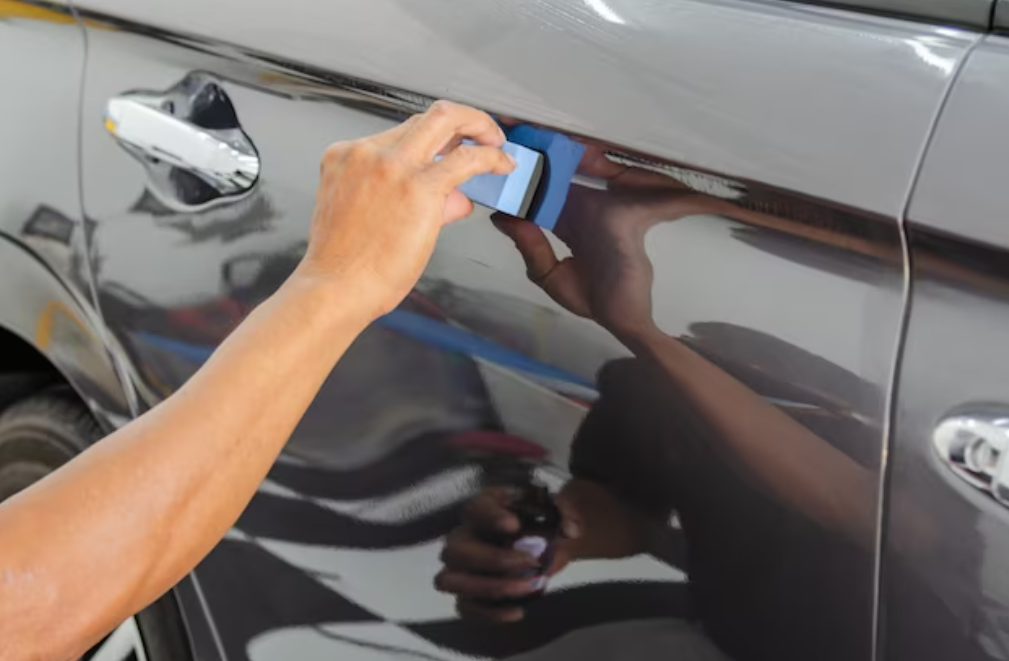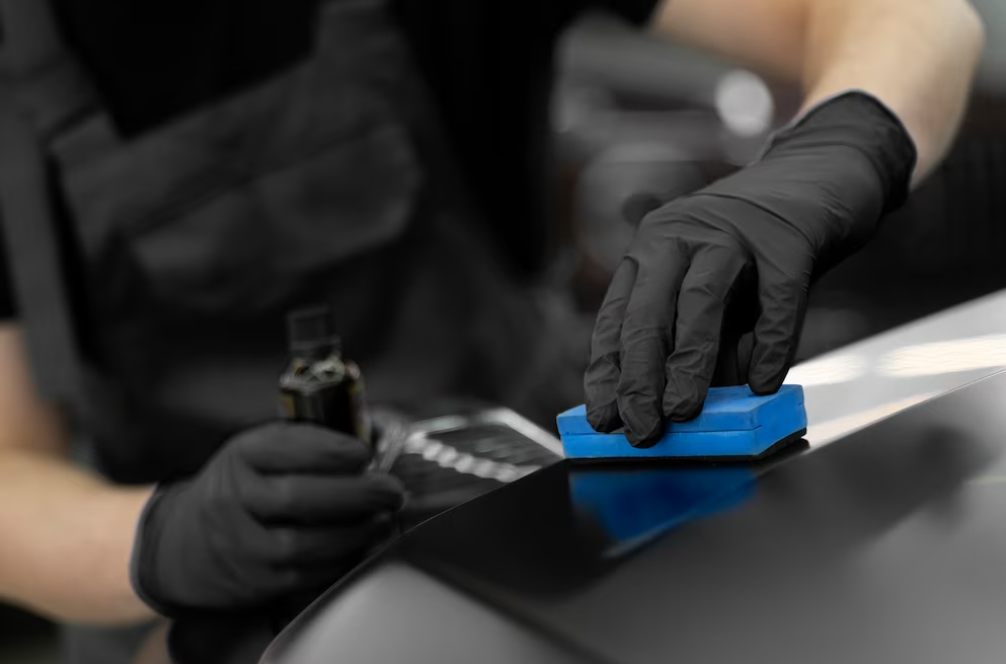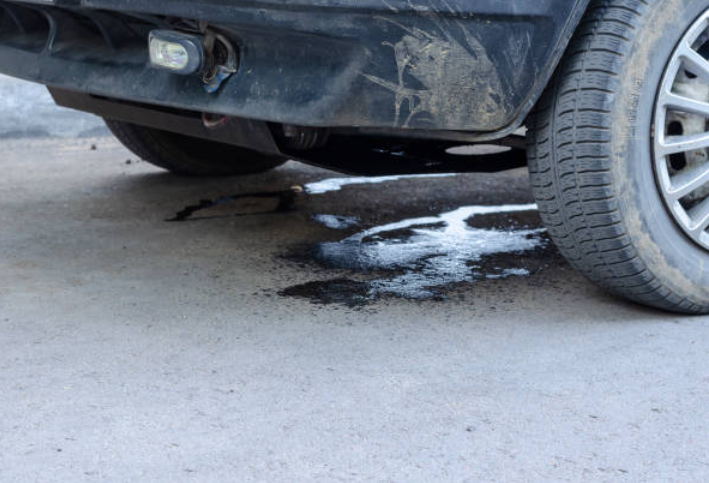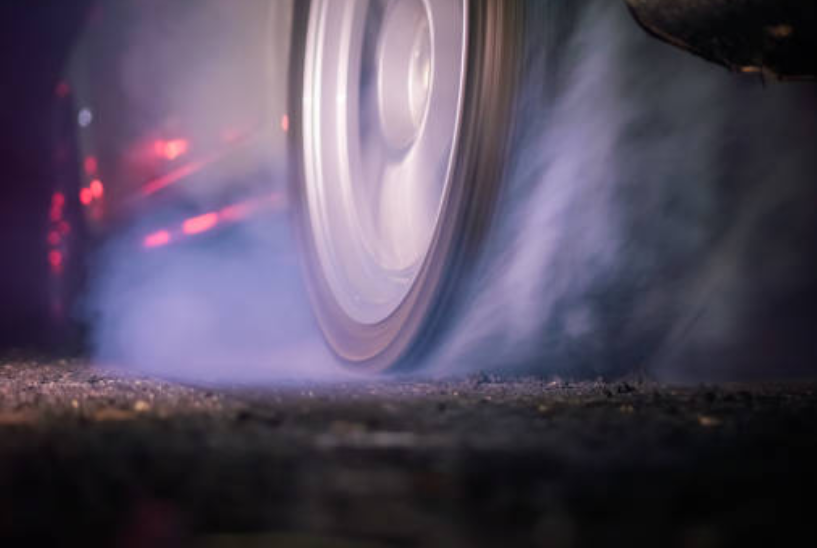Hand Polishing: Unleash the Brilliance of Your Car's Finish
Are you seeking for the finest method to maintain your car's greatest appearance? If so, hand-polishing could be just what you’re looking for. While it may seem like a lot of work, the results are well worth it – plus, once committed to taking this route on caring for your vehicle, not only will you save money in professional detailing services but have achieved a level of shine that stands apart from all the rest! Let’s look at everything involved in polishing a car by hand and how to go about getting started.

Gather the Necessary Supplies
Before you begin, ensure you have the following supplies:
- Car wash soap
- Microfiber wash mitt
- Bucket of water
- Microfiber towels
- Automotive clay bar (optional)
- Car polish
- Foam or microfiber applicator pads
- Handheld orbital buffer (optional)
- Carnauba wax (optional)
Start by washing your car thoroughly using a high-quality car wash soap and a microfiber wash mitt. Rinse off any dirt or grime, ensuring a clean surface. Dry the car completely with a microfiber towel to prevent water spots.
Carefully inspect the paint for any contaminants such as tar spots or tree sap. If you notice any, consider using an automotive clay bar to remove them. Follow the instructions provided with the clay bar and work in small sections at a time.
Select a suitable car polish based on your car's paint type and the level of oxidation or imperfections you wish to address. There are various types of car polishes available, including compounds for removing deeper scratches and lighter polishes for enhancing gloss. Refer to the manufacturer's instructions for the specific product you choose.
Apply a small amount of car polish to a foam or microfiber applicator pad. Work on one section at a time, using circular or back-and-forth motions to spread the polish evenly. Apply light to moderate pressure as needed, focusing on the areas that require attention.

When hand polishing, it's crucial to maintain a consistent and controlled motion. Work in small sections, ensuring the polish does not dry out before buffing. Take your time and pay attention to the results as you progress. For more efficient polishing, you may consider using a handheld orbital buffer.
After applying the polish, carefully buff the surface with a clean, dry microfiber towel. Depending on your preference, wipe in straight lines or circular strokes. This process removes any remaining polish residue and reveals a shiny finish.
For added protection and a deeper shine, consider applying a layer of carnauba wax. Follow the manufacturer's instructions for the specific wax product you choose. Apply the wax using a foam or microfiber applicator pad, let it haze, and then buff it off with a clean microfiber towel.
-
Are there any specific techniques for hand polishing?
When hand polishing, work in small sections, apply the polish using circular or back-and-forth motions, and maintain consistent pressure. Be mindful not to let the polish dry before buffing it off. Use clean, dry microfiber towels for buffing, and ensure you remove any excess polish residue to reveal a glossy finish.
-
Can I use hand polishing to remove deep scratches or swirl marks?
Hand polishing is generally more effective for minor scratches, swirl marks, or light oxidation. For deeper scratches or more severe paint defects, machine polishing or professional assistance may be required.
View more article here: Top 10 Plastic Car Ramps For Easy Maintenance And Repairs




.png)





